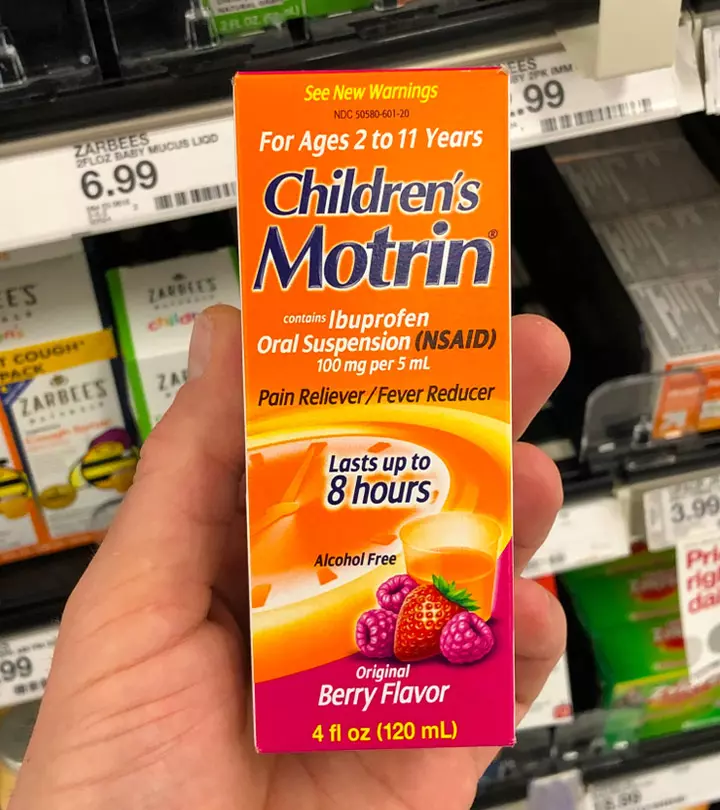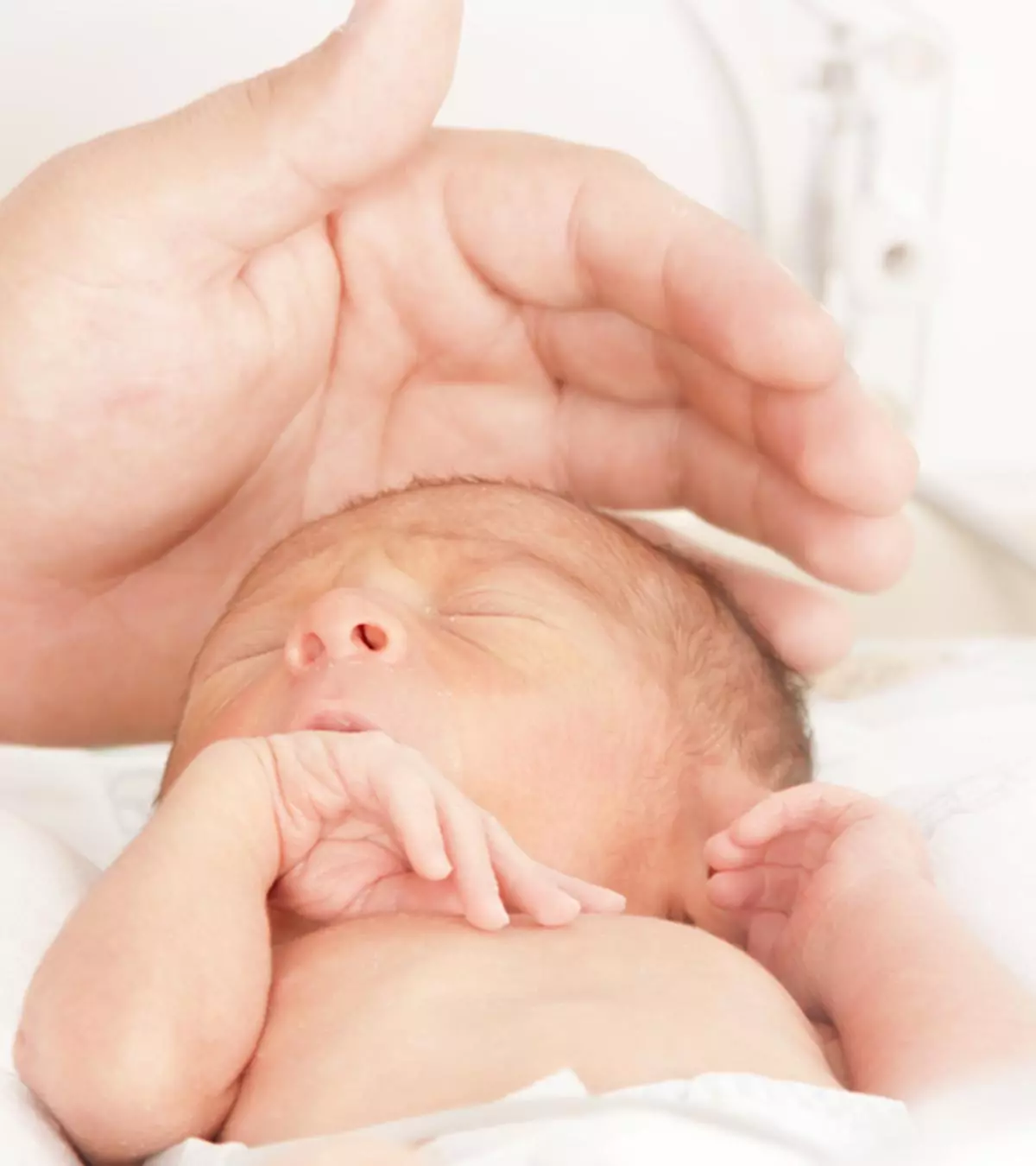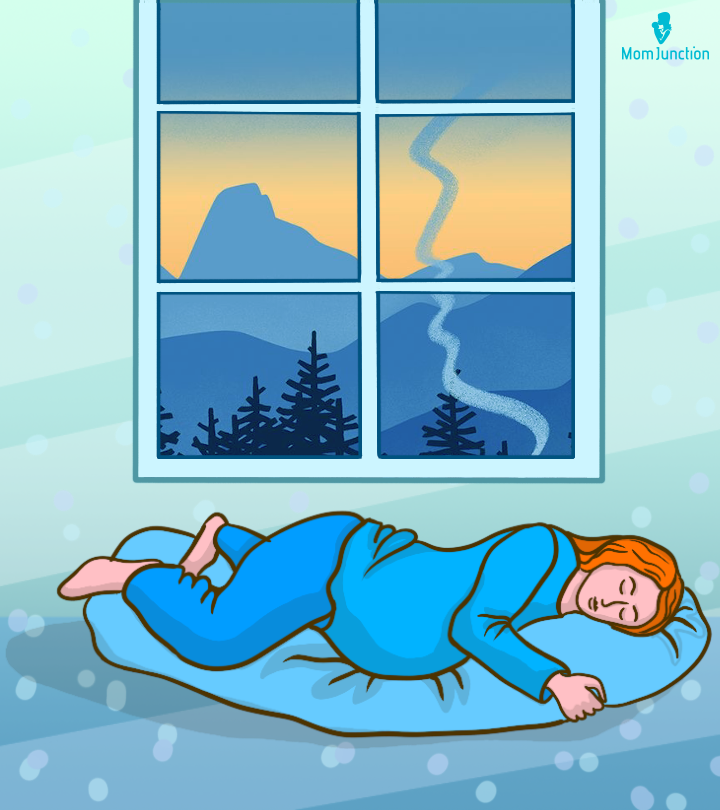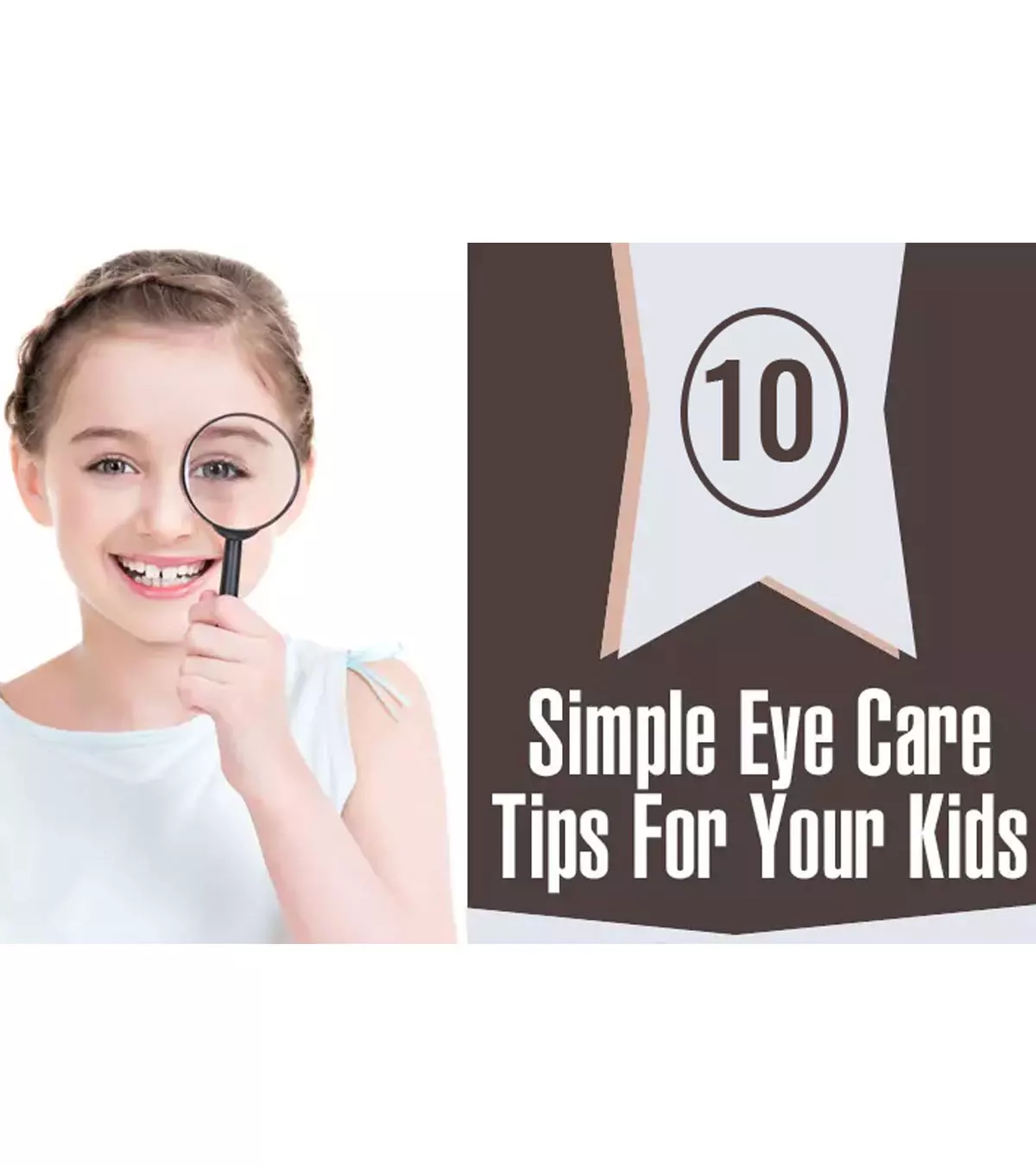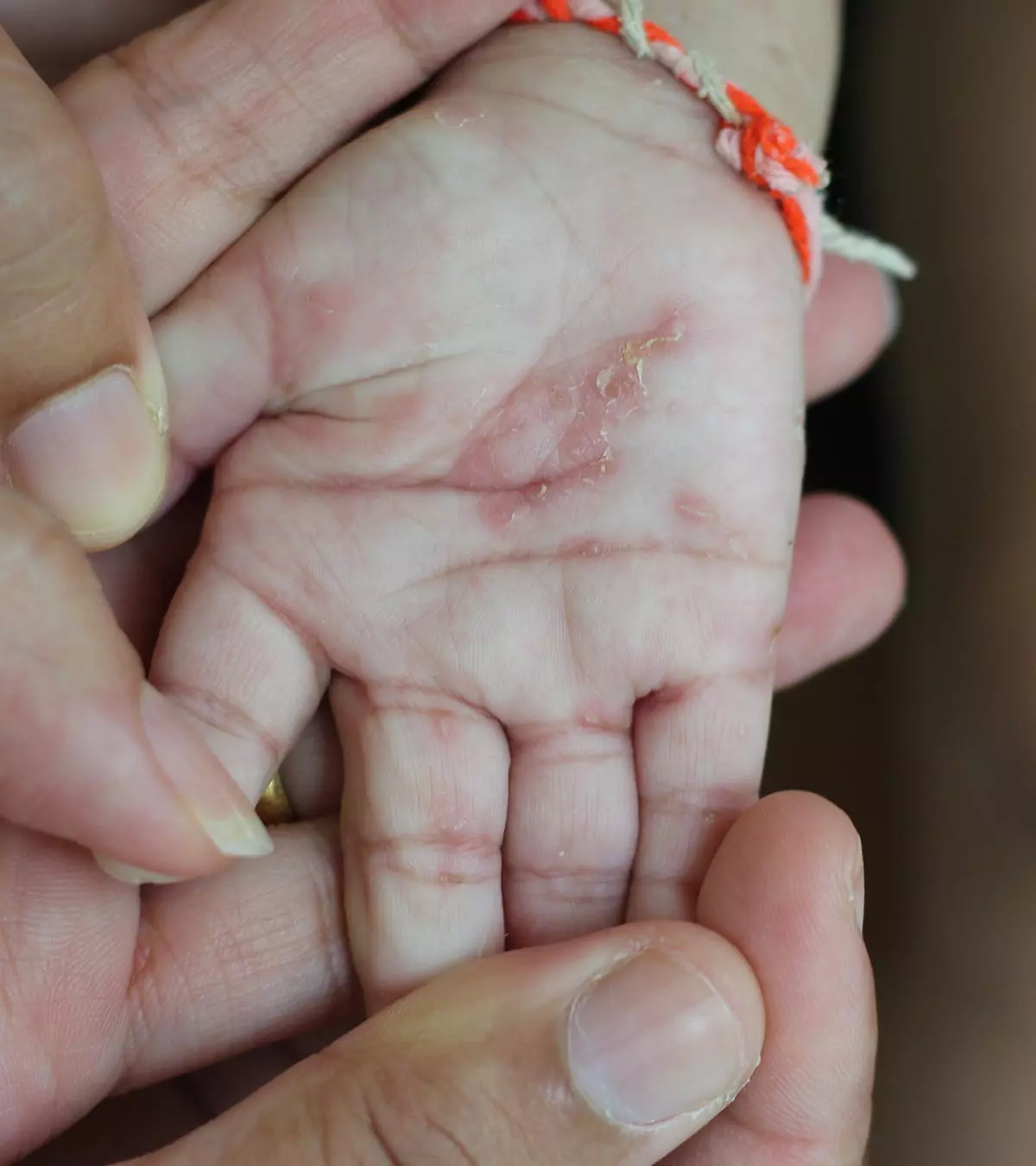
Scabies in babies is an itchy rash that commonly affects infants and young children.
When an infant or baby has scabies, they develop several dot-like, red, pustules and rashes on the body. These rashes are surrounded by raised, thread-like white lines, which are a characteristic feature of scabies that helps in differentiating it from other skin conditions such as dermatitis or eczema.
Since the rash is contagious and can make babies irritable and fussy, its prompt diagnosis and treatment are essential to alleviate itching and avert complications. Keep reading as we tell you all about scabies, their symptoms, treatment, and effective management using some home remedies.
Key Pointers
- Scabies in babies is caused by a microscopic mite called Sarcoptes scabiei that burrows into human skin.
- The mite can land on a baby’s skin through direct skin-to-skin contact, sharing clothing or bedding with an infected person, or skin contact with an infected animal.
- Symptoms of scabies in babies include red dots, itching, and raised, thread-like white lines around the rashes.
- Home remedies, such as antihistamines, calamine lotion, and disinfectant baby bathing soap, may help reduce itching.
- To prevent scabies in infants, avoid skin-to-skin contact with infected individuals or their belongings, maintain cleanliness, and keep infected pets away.
What Is Scabies And How Is It Caused?
According to the World Health Organization, Scabies is more common in tropical areas where resources are limited. In these regions, the prevalence of scabies in children may vary from 5% to 50%. Scabies in babies is also called pediatric scabies or infantile scabies. It is caused by the mite Sarcoptes scabiei. The bug is microscopic, about the size of the head of a pin. It belongs to the same family as ticks, another human parasite (1).
The scabies mite burrows into the human skin by making a tiny cut (2). It enters the upper layers of the skin and burrows through it while laying eggs in the tunnels. The eggs hatch into larvae, which later become fully-grown mites, and begin burrowing the skin, thus marking the completion of the first life cycle.
A scabies mite is not naturally found on the human body. This means that the baby gets it from an external source.
How Does A Baby Catch Scabies?
A scabies mite can land on your baby’s skin through:
- Direct skin-to-skin contact with someone who has scabies
- Sharing clothing or bedding with an infected person
- Skin contact with a scabies-infected animal including domesticated animals
Babies who spend a lot of time in daycare centers are at a higher risk as they often come in direct skin contact with other infants (3). Also, if your pet has scabies, then the baby may catch the mite while petting the animal. Once a mite lands on the skin, it burrows within, but symptoms emerge at the end of the first life cycle.
 Did you know?
Did you know?What Are The Symptoms Of Scabies In Babies?
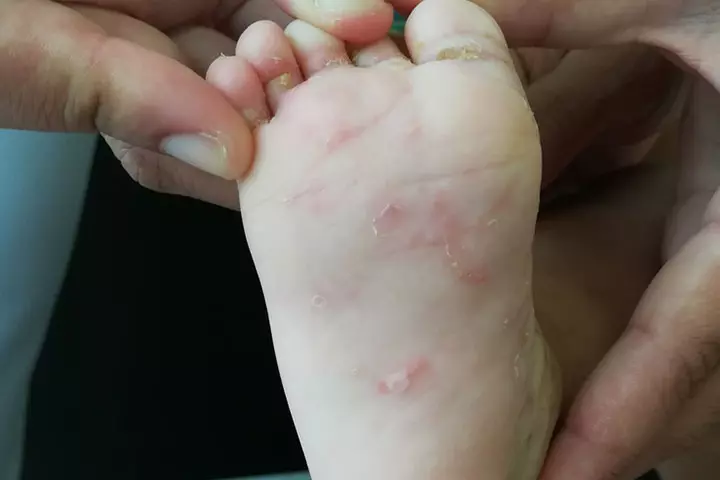
Image: Shutterstock
The symptoms of scabies appear four to six weeks after coming in contact with the infected person (4). The baby will have the following symptoms (5):
- Bumpy red rashes that look like small red dots often located in clusters. In infants, these rashes could appear at folds such as the creases of the elbow and knee, inner thighs, between toes and fingers, underarms, buttocks, and genitals. The rash makes an appearance around the diaper’s elastic at the waist. Newborns and young infants may also display rashes on the face, neck, scalp, palms, and soles.
- Intense itching, or pruritus especially during nighttime. The itching is a result of the body’s allergic reaction to the mites.
- Short, straight, or wavy lines that appear in pink or white color. You will usually see them joining two clusters of rashes. These lines are burrows dug by the mites.
Rashes and unbearable itchiness are the two fundamental indicators of infantile scabies. It is best to get a diagnosis done by a doctor.
Scabies Vs Eczema
Both scabies and eczema cause red, itchy skin rashes in babies. However, there are some differences between the two conditions (6):
| Scabies | Eczema |
|---|---|
| Caused by a parasite | Any particular cause is unknown. May be seasonal in occurrence |
| Causes patterns that look like lines | Occur as red spots or blisters |
| Contagious | Not contagious |
| Treatment involves getting rid of the mites | Treatment involves symptomatic management |
How Is Scabies Diagnosed?

Image: Shutterstock
The diagnosis is a two-step process (7):
- Visual examination of the rashes: The doctor looks for the pattern, density of rashes, and the presence of white or pinkish lines that indicate burrows. The lesions caused by mite in children below two years of age usually occur on the head, neck, palms, and soles (4).
- Microscopic inspection of skin scrapings: Rashes and burrows are gently scraped, and the scrapings are checked under a microscope for the presence of mites and their eggs. Scabies mites live in the external layers of dead skin that have no nerve endings. Therefore, scraping the rash will be painless.
A timely diagnosis might help treat the condition quicker.
Remedies To Reduce Itching
Once scabies is diagnosed, the baby requires prescription medicines to kill the scabies mite. However, the itching can be brought down with the use of some over-the-counter medicines (8):
- Antihistamine medicines: Babies older than 12 months can be administered over-the-counter antihistamine medicines such as Benadryl or Atarax. Remember to follow the instructions given on the bottle. Antihistamine medicines reduce the intensity of the allergic reaction, making the itch tolerable.
- Calamine lotion: Apply baby-safe calamine lotion on infants older than six months. Calamine helps reduce skin irritation and inflammation caused by repeated scratching of the skin.
- Disinfectant baby bathing soap: A baby-safe disinfectant bathing soap may kill the scabies eggs and also affect the egg-laying efficiency of the scabies mite. It could help slow down the spread of scabies to healthier skin.
Some Home Care Tips For Scabies
The following steps let you manage a baby’s scabies at home, while also helping you protect other family members from the condition (9):
- Dress the baby in loose clothing, as the baby feels itchy all the time. Loose clothes ensure less friction and irritation to the skin.
- Wash the baby’s clothes separately from those of siblings and other family members. Soak them in hot water before washing them with a baby-safe detergent. Dry the clothes in direct sunlight. These steps help neutralize the eggs and scabies mites that found their way to the clothes from the baby’s skin.
- Trim the baby’s nails to discourage and prevent itching. Long nails can also trap scabies mites that may get transferred to healthy skin when scratched.
- Disinfect and store baby’s bedding in bags for three days. The scabies mites cannot survive outside the human skin for more than three days. For a better rate of disinfection, you can place the bag in direct sunlight for a couple of hours every day.
- Keep the house clean to prevent the spread of infection from the baby. Use a vacuum to clean sofas, carpets, and places where the mites can hide, readily waiting to come in contact with skin. Keep hard surfaces clear of dust and use a disinfectant floor cleaner.
 Quick tip
Quick tipIt is best to consult a doctor before using a home remedy for a baby younger than six months. These home remedies could provide symptomatic relief from the condition. Take the baby to a pediatrician for getting the infection treated.
How Is Scabies Treated?
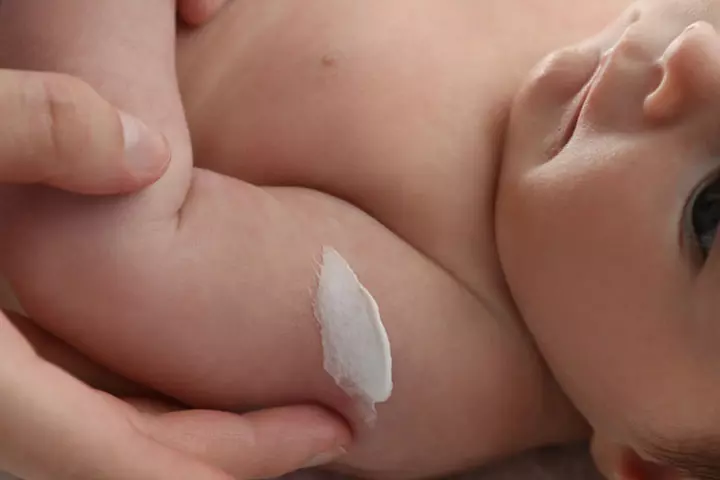
Image: Shutterstock
The pediatrician may follow one of these methods of treating scabies infection in infants.
- Permethrin 5% cream (for babies older than two months): It is the first choice of treatment to eradicate scabies mites and their eggs. Permethrin is an insecticide that is safe for babies older than two months. It has a 95% cure rate but carries some toxicity that only seems to affect babies younger than two months (10).
The cream is applied throughout the body from the scalp to the toe, including the inside of the navel and earlobes, to ensure all the mites and their eggs are killed. The cream is left on the body for 8-14 hours, depending on the doctor’s recommendation. After this period, the baby is given a bath. The application is repeated a week later.
 Point to consider
Point to consider- Sulfur 7% cream (for babies younger than two months): Infants under two months are administered a sulfur 7% cream. The method of application is the same as the permethrin cream. The ointment is less potent than permethrin and may have to be applied more frequently. On the bright side, it has no side effects and is safe even for very young infants and pregnant and lactating women (11).
 Quick tip
Quick tip- Oral drug: In severe cases, the doctor may recommend oral drug Ivermectin and some oral antibiotics.
The itching and rashes subside within a couple of days of the first application of medicines (12). However, you need to continue the medicine for the complete period as recommended by the doctor. A slight itch may persist for two weeks after the mites are eliminated, but that is normal. Overall, the baby would be cured in about four weeks after the initiation of treatment (1). Home management is essential to get the maximum benefit from the treatment.
As this is an infectious condition, all the members of the family should be treated simultaneously. The mother may apply Permethrin 5% in the palms even if she is not infected. Clothes of the infected child, as well as the bedsheet, should be washed in warm water with scabicide to kill the live parasites.
Scabies treated well in time seldom lead to any major issues. However, if not acted upon promptly, it might result in some complications.
What Are The Complications Of Scabies In Babies?
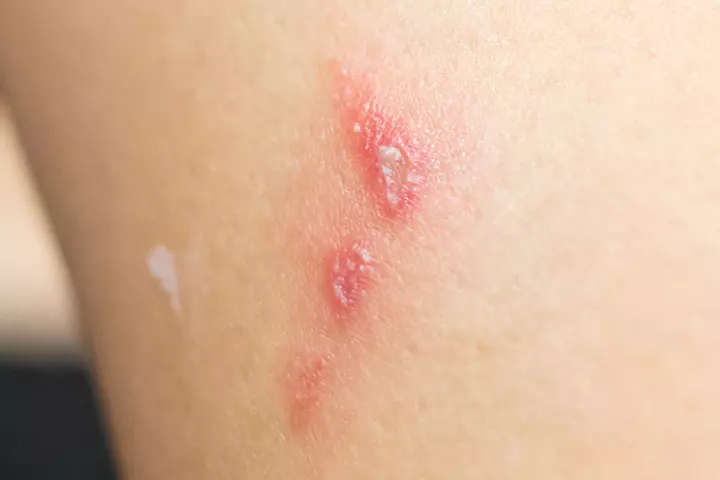
Image: Shutterstock
Untreated scabies can lead to the following complications (13):
- Secondary bacterial infection: The repeated scratching of the skin can cause tiny wounds that get invaded by bacteria such as staphylococcus and streptococcus. It can cause the formation of pus and infections such as impetigo that lead to the creation of bacteria-infested sores.
- Chronic skin inflammation: Since the baby is scratching all the time, the skin would mostly stay red and inflamed. It causes a lot of discomfort and irritation to the baby, which may interfere with daily activities such as feeding and playing.
- Norwegian scabies: In babies with compromised immunity caused by HIV or cancer, the population of scabies mites multiply at a rapid rate producing large scales or crusts on the skin. Such a form of scabies, called Norwegian or crusted scabies. It is hard to treat since the skin contains hundreds or even thousands of scabies mites compared to 15-20, usually found on the skin during normal scabies (9).
To avoid these complications, the sooner the treatment begins post-diagnosis, the better it is for the baby.
The immune system does not develop any resistance against the scabies mite. It means that re-infection is possible even once cured and even when the baby is otherwise healthy. Prevention is thus vital.
How To Prevent Scabies In Infants?
Its prevention is simple and requires you to observe a couple of precautions. Here is what you must do to prevent an outbreak of scabies, in your baby:
- Keep distance from those with scabies: Direct skin-to-skin contact is the principal mode of scabies transmission. If someone in the family has scabies, then the baby must be kept away from the person and their personal items. Do not let the baby play with other infants that have scabies.
If the mother develops scabies, then she must avoid skin-to-skin contact as well. Breastfeeding can be a challenge during such moments. Therefore, express milk for feeding and let a healthy family member handle the baby.
Babies can catch scabies by coming in contact with clothing and bedding of an infected person, but according to the American Academy of Pediatrics (AAP), this is very rare (2). Nevertheless, keep an infant from all contaminated items.
Tiffany, a mother of two, recounts how her children contracted scabies from her. She says, “I spread it to Kaia and Morgan (her children) because scabies really like child skin, and I bathe, dress, care for, and snuggle my little darlings…Scabies mites like the warmest parts of the body, so in between my fingers is where they set up camp. I’ve worn medical gloves during the day and wrapped my hands during the night so as to keep the scabies on me and not allow them to re-infest my children. It worked (i).”
- Maintain cleanliness and general hygiene: Scabies mites are microscopic and drift in the air. They can land on surfaces, waiting to make contact with healthy skin. Therefore, maintain general cleanliness and hygiene around the baby. Keep dust at bay by cleaning surfaces, vacuuming, and placing bedding under direct sunlight periodically.
- Keep the infected pets away: If the pet is infected, do not allow the baby to touch it.
Scabies is a painful skin condition characterized by intense itching that worsens at night. The prognosis of scabies in babies is good with timely treatment. Contact your healthcare professional if you notice any bumpy red rashes, baby scratching, or seem irritable. Prevention of scabies is easy, and therefore you must ensure to take all preventive measures. You can consult your doctor and try some home remedies under their guidance. If your baby is diagnosed with scabies, do not send them to playdates or daycare to prevent the infection from spreading to other babies.
Frequently Asked Questions
1. Can scabies in babies affect their growth and development?
Scabies is unlikely to affect a baby’s growth but can cause discomfort and sleep disturbances, indirectly impacting their health. Immediate treatment can alleviate symptoms and prevent infection spread.
2. Can scabies in babies be mistaken for other skin conditions?
Scabies may be misdiagnosed as eczema or impetigo in babies (14). It’s also hard to differentiate between scabies and psoriasis without a medical diagnosis, as they share similar characteristics (15). Nevertheless, there are distinct discrepancies upon closer examination.
3. Can scabies cause a fever in babies?
Scabies may cause a fever in babies. If the baby experiences a fever of 100.4°F (38ºC) or higher after having scabies, contact the healthcare provider (16).
4. Will scabies go away on their own?
No, scabies will not resolve spontaneously. It needs to be treated with medications otherwise the affected person will keep suffering and further spreading the condition to others. Additionally prolonged scabies with itching may increase the risk of secondary bacterial infections (6).
Infographic: Home Care Tips For Scabies In Babies
Scabies is a common skin infection in babies that can be readily treated at home. So, if your baby is diagnosed with scabies, check out the infographic below for some home care tips you should follow alongside the treatment suggested by the doctor. Illustration: Momjunction Design Team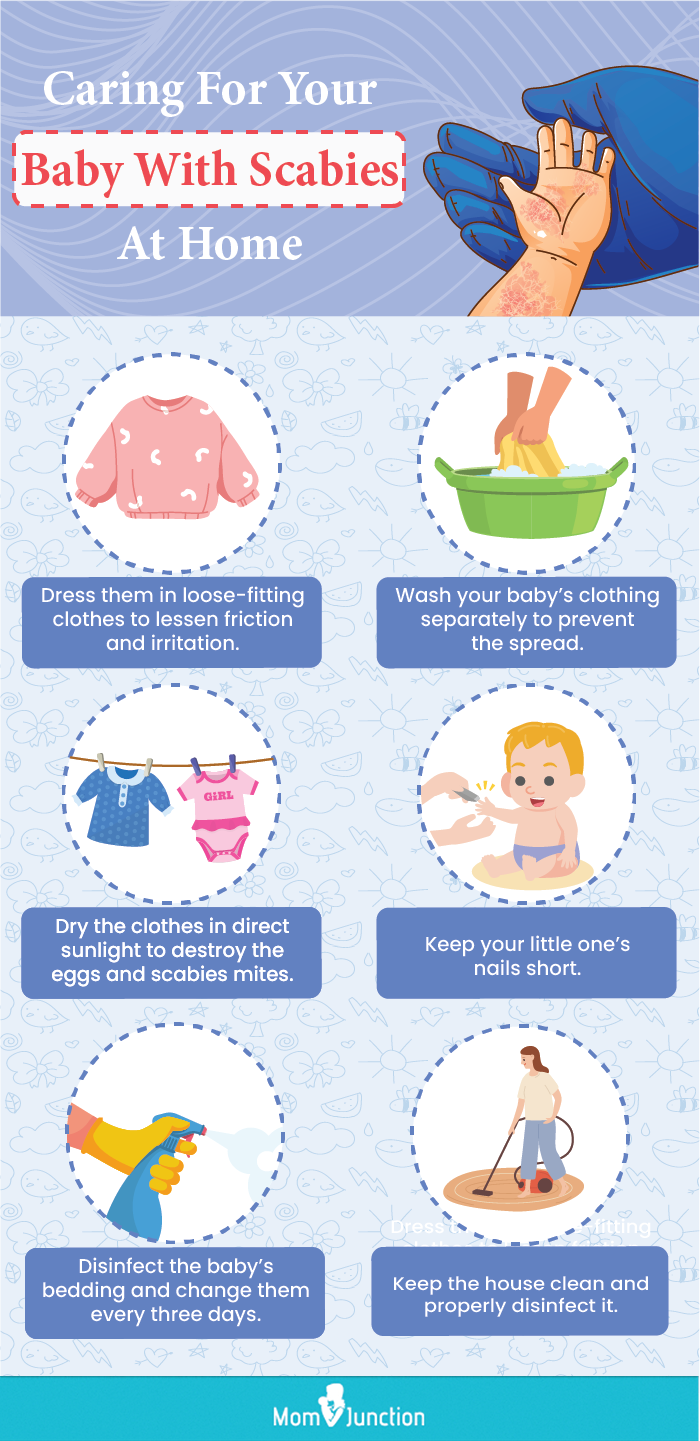
Illustration: Scabies In Babies: Causes Risks Treatment And Remedies
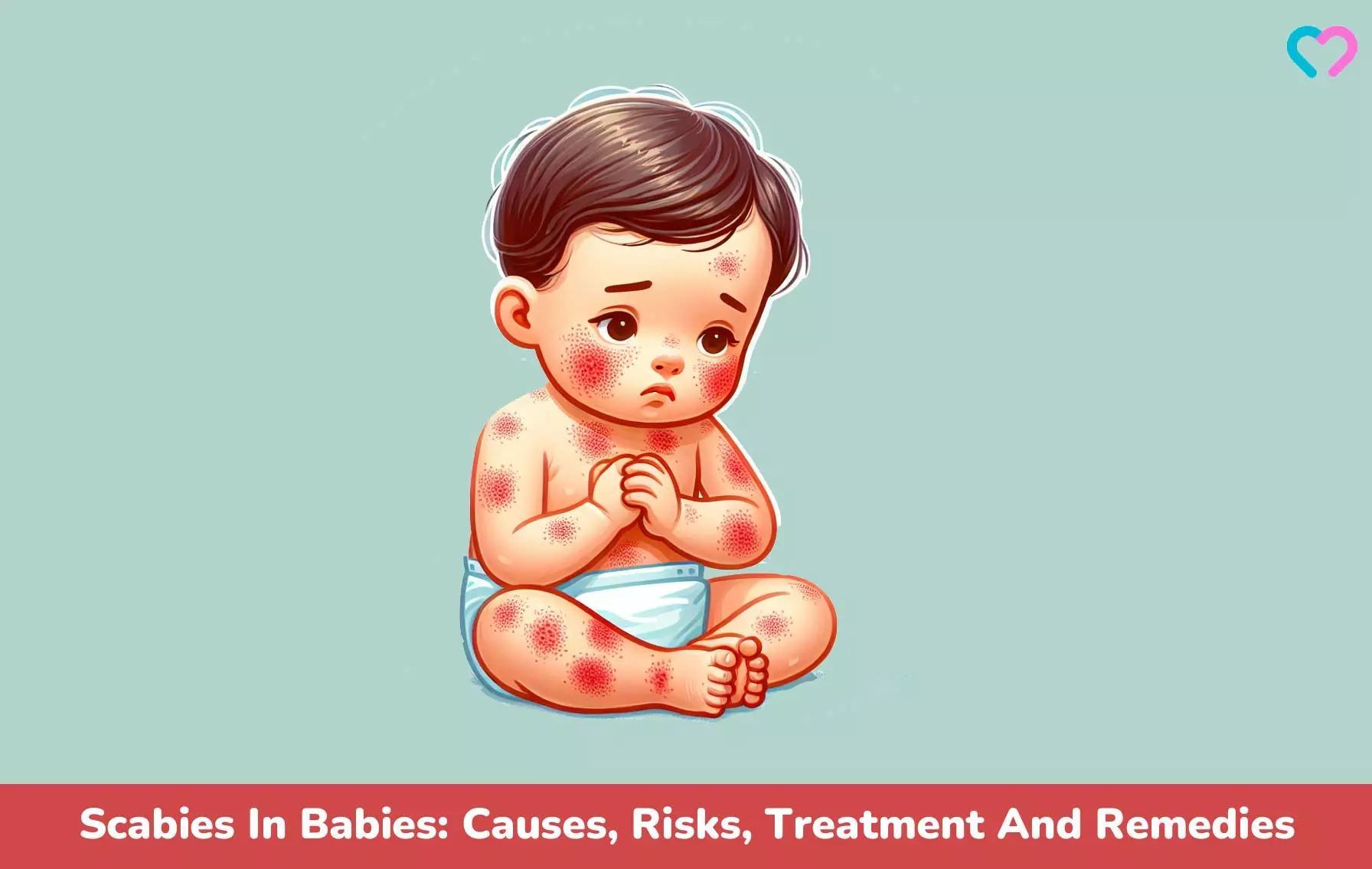
Image: Dalle E/MomJunction Design Team
Personal Experience: Source
MomJunction articles include first-hand experiences to provide you with better insights through real-life narratives. Here are the sources of personal accounts referenced in this article.
i. The scoop on scabies and lessons learned;https://millermagicandmayhem.blogspot.com/2013/10/the-scoop-on-scabies-and-lessons-learned.html
References
1. Larry G. Arlian and Marjorie S. Morgan; A review of Sarcoptes scabiei: past, present and future; Biomedcentral
2. Scabies Treatment; Healthy Children; American Academy of Pediatrics
3. Scabies in Children; University of Rochester
4. What is scabies?; Children’s National
5. Scabies; Healthy Children; American Academy of Pediatrics
6. Scabies; Cleveland Clinic
7. About Scabies; Centers For Disease Control And Prevention
8. About Scabies; Penn Medicine
9. Scabies: Diagnosis And Treatment; American Academy of Dermatology Association
10. Scabies and Lice; University of Chicago
11. Skin Diseases (Pediatric Dermatology); C.S. Mott Children’s Hospital
12. Scabies; Harvard Medical School
13. Scabies; Health Service Executive
14. Scabies-Itch Mite Rash; Seattle Children’s Hospital
15. Scabies; Raising Children Network
16. Scabies management; PMC
17. Eczema vs. Psoriasis: Similarities, Differences and Treatments; Penn Medicine
18. Scabies; Cedars-Sinai
Community Experiences
Join the conversation and become a part of our nurturing community! Share your stories, experiences, and insights to connect with fellow parents.
Read full bio of Dr. Raju C Shah
Read full bio of Swati Patwal
Read full bio of Rohit Garoo
Read full bio of Shinta Liz Sunny










